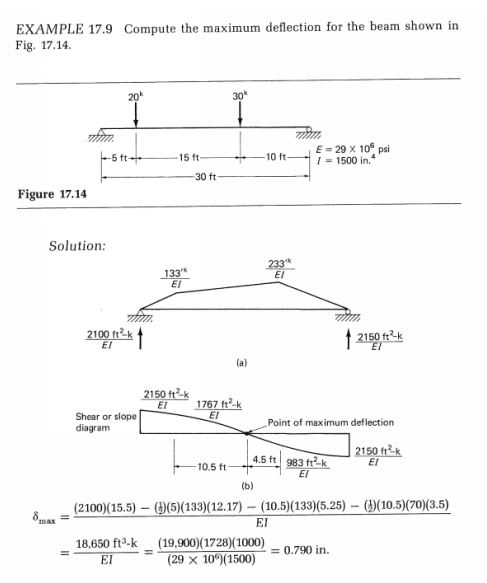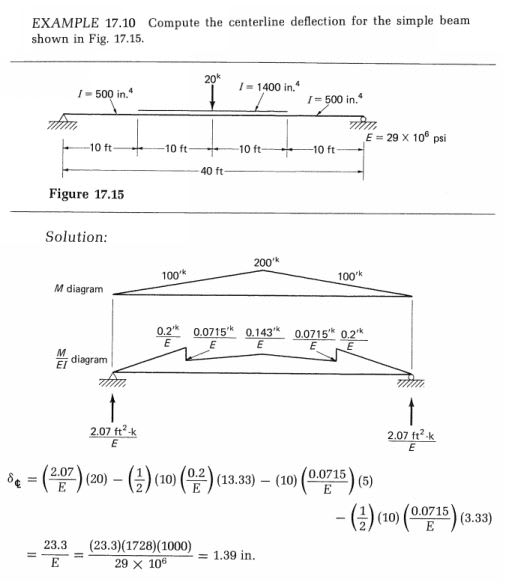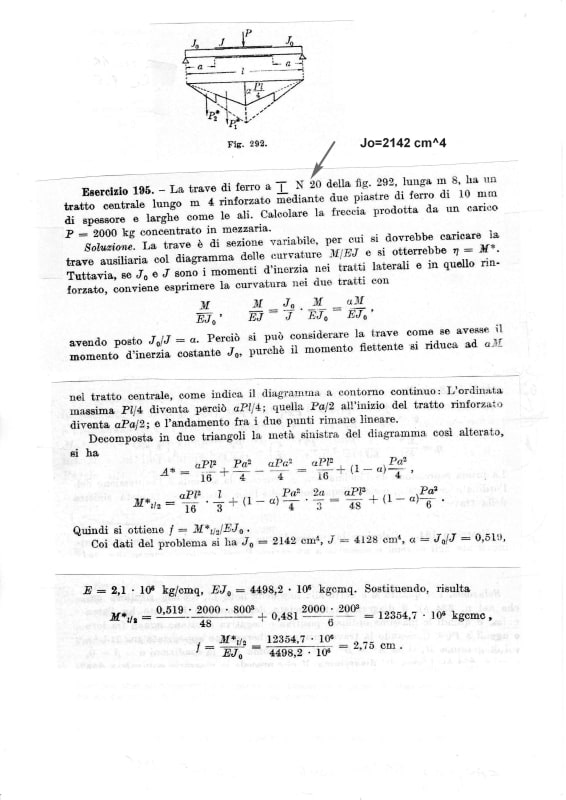jlleiber
Structural
- Oct 6, 2016
- 18
I am looking at finishing out my basement and have a W8 beam that is supported by the exterior concrete wall and (2) pipe columns. The total beam length is only 15', so I'm trying to remove the center pipe column. From a moment and shear strength standpoint, the W8 is still good, but deflection is killing it. I can't sacrifice a ton of headroom, so my first thought is to weld a 6x2 tube steel to the bottom flange. This more than doubles my moment of inertia and gets me to an acceptable deflection.
My main question is: if my concern is the max deflection at midpoint, how much of the 15' span do I need to have the 6x2 tube steel added? My first thought is 2.5' in from each end for a total retrofitted length of 10', but how should I verify this?
Anything else to consider? Other ideas?
My main question is: if my concern is the max deflection at midpoint, how much of the 15' span do I need to have the 6x2 tube steel added? My first thought is 2.5' in from each end for a total retrofitted length of 10', but how should I verify this?
Anything else to consider? Other ideas?



